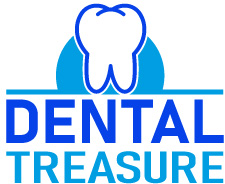Sealants
What Sealants Do for You
A sealant is a white shaded plastic material that is applied to the chewing surfaces of the back teeth (premolars and molars), where decay occurs most often. This sealant acts as a barrier, protecting the decay prone areas of the tooth from plaque and acid.
How Sealants are Applied
Each tooth only takes a few minutes to seal. First, the teeth that will be sealed will be cleaned. The chewing surfaces are then etched (roughened) with a weak acidic solution to help the sealant adhere to the teeth. Finally, the sealant is placed onto the tooth enamel and hardened. Some sealants need a special curing light to help them harden, while others do not.

How Long Do Sealants Last
When the sealant is applied, finger-like strands penetrate the pits and fissures of the tooth enamel. Although the sealant cannot be seen with the naked eye, the protective effect of these strands continues. As a result, it may be several years before another application of sealant is needed. Reapplication of the sealants will continue the protection against decay and may save the time and expense of having a tooth restored. Sealants will be checked during regular dental visits to determine if reapplication is necessary.
How Sealants Save Money
The American Dental Association recognizes that sealants can play a major role in the prevention of tooth decay. When properly applied and maintained they can successfully protect the chewing surfaces of the tooth from decay. A total prevention program includes brushing three times a day, cleaning between teeth daily with floss or interdental cleaner, regular dental visits, and limiting the number of between-meal snacks. Ask your dentist how to obtain the right level of fluoride. If these measures are followed and sealants are used well, the risk of decay can be reduced or may even be eliminated.
Aftercare
With the sealant deep within the pits and grooves of the enamel surface, normal eating habits can be maintained. Three times a day brushing is very important to maximize the benefits of the sealants. Of course, sealants should be checked during regular dental visits to determine if reapplication is necessary.

